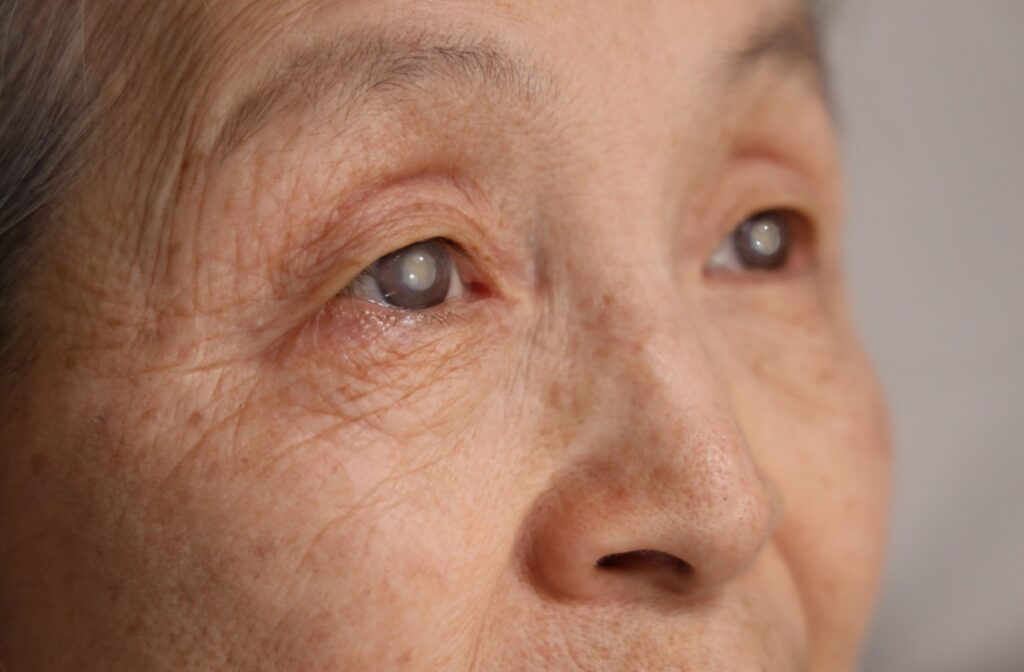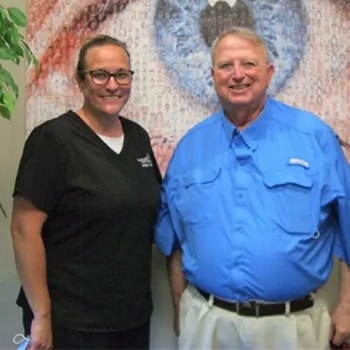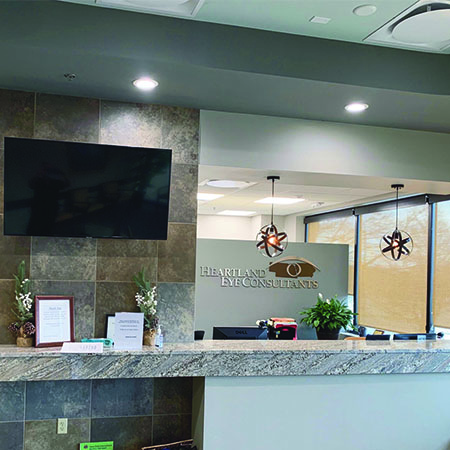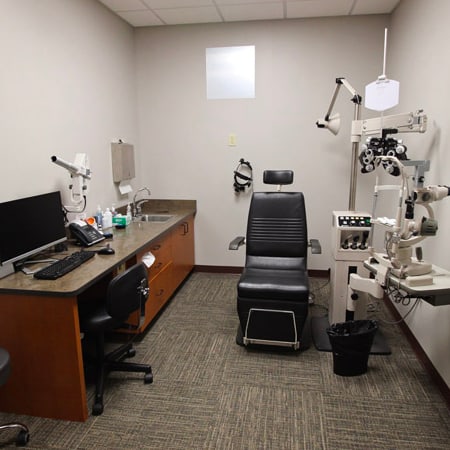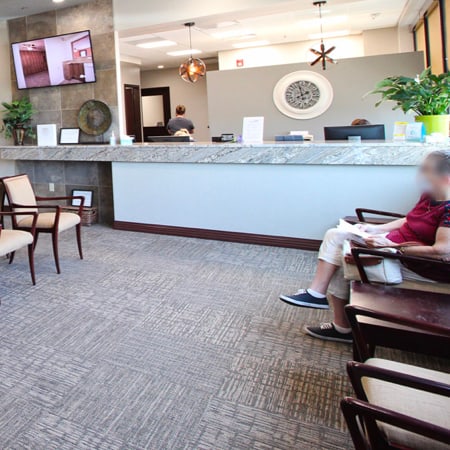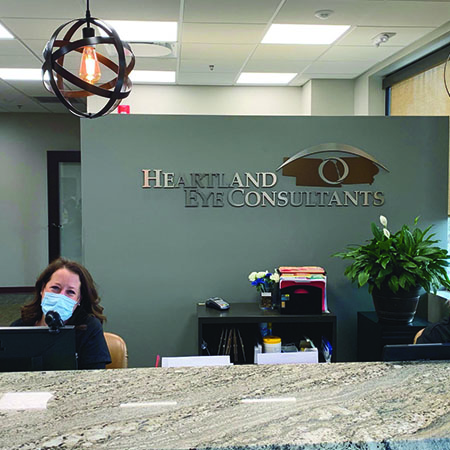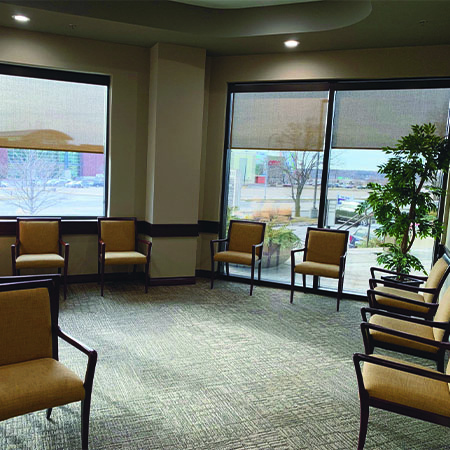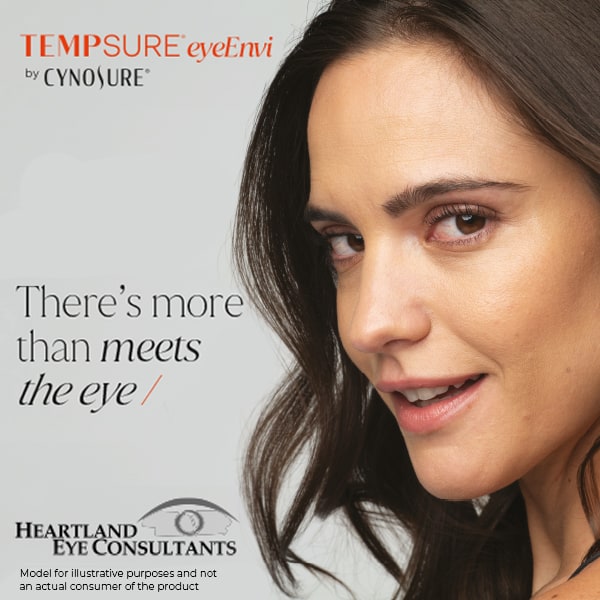Cataracts are a common eye condition that affects millions of people, especially as they age. This condition causes the lens of the eye to become cloudy, leading to blurry vision, glare sensitivity, and difficulty with daily activities. Fortunately, cataract surgery can be an effective procedure that restores clear vision by removing the cloudy lens and replacing it with an artificial intraocular lens (IOL).
One common concern among Heartland Eye Consultants patients is whether cataracts can come back after surgery. The short answer is no—once a cataract is removed, it cannot return. However, some people may develop a condition called posterior capsule opacification (PCO), which can cause similar symptoms but is easily treatable.
Understanding Cataract Surgery
Cataract surgery is one of the most performed and successful procedures in eye care. Here’s what the process typically involves:
Pre-Surgery Evaluation
Before surgery, an eye doctor conducts a comprehensive eye exam to determine the severity of the cataract and discuss the appropriate kind of IOL for the patient’s needs. Patients also receive preoperative instructions, including medication guidelines and post-surgery care expectations.
The Surgical Procedure
During cataract surgery, the ophthalmologist makes a small incision in the eye and removes the clouded lens. A clear, artificial intraocular lens (IOL) is then implanted in its place, restoring vision. The procedure is typically quick, requires only local anesthesia, and does not require stitches in most cases.
Post-Surgery Care
Most patients notice significant improvement in their vision within a few days. Eye drops are prescribed to aid healing and prevent infection, and patients are advised to avoid strenuous activities while their eye recovers. Follow-up visits are important to monitor the eye healing process and that the IOL is functioning as expected.
Can Cataracts Return After Surgery?
Since the natural lens is completely removed during cataract surgery, cataracts cannot come back. However, some patients experience cloudy vision months or years after the procedure. This condition is known as posterior capsule opacification (PCO), sometimes called a “secondary cataract.”
What Is Posterior Capsule Opacification (PCO)?
PCO occurs when the capsular bag, the thin membrane that holds the IOL in place, becomes cloudy due to cell growth. This can cause symptoms similar to cataracts, such as blurry vision and glare sensitivity. While it may feel like the cataract has returned, PCO is a different condition with a simple solution.
Causes of PCO
PCO develops when residual lens epithelial cells multiply and create a cloudy layer on the capsule behind the IOL. While not everyone develops PCO, it is a relatively common occurrence after cataract surgery.
Treating PCO with YAG Laser Capsulotomy
The good news is that PCO is easily treatable with a YAG laser capsulotomy, a quick and painless outpatient procedure. Using a specialized laser, the ophthalmologist creates a small opening in the cloudy posterior capsule, allowing light to pass through clearly again. The procedure takes only a few minutes, and vision improvement is often immediate.
The Importance of Regular Eye Exams
Even though cataracts cannot return, maintaining routine eye exams is essential to monitor for conditions like PCO and other potential vision concerns.

At Heartland Eye Consultants, we can diagnose and manage various eye conditions, to provide you with the care you need. Our team can provide thorough eye exams and, when necessary, can refer you to a cataract surgeon for specialized treatment. If you’ve had cataract surgery and are experiencing changes in your vision, we can assess whether PCO is the cause and recommend the appropriate treatment.
Additional Considerations for Long-Term Eye Health
While cataracts and PCO are common concerns, other eye conditions may also affect your vision as you age. Conditions such as age-related macular degeneration (AMD), diabetic retinopathy, and glaucoma require regular monitoring to assist early detection and treatment. By staying proactive with eye exams, you can safeguard your vision and overall eye health.
Additionally, maintaining a healthy lifestyle can contribute to better eye health. Eating a nutrient-rich diet, protecting your eyes from UV exposure, managing chronic conditions like diabetes, and avoiding smoking can all play a role in preserving your vision over time.
Treatments for Better Vision
Beyond cataract surgery, there are treatments available to address various eye concerns. At Heartland Eye Consultants, we offer Tempsure eyeEnvi, a non-invasive radiofrequency treatment designed to tighten skin and reduce wrinkles around the eyes, enhancing both vision and appearance. Additionally, our Low-Level Light Therapy (LLLT) can help manage dry eye symptoms by reducing inflammation and improving tear production. These treatments can complement cataract care and contribute to overall eye health.
Take Control of Your Eye Health
Cataract surgery can provide lasting vision improvement, but understanding conditions like PCO can help you maintain optimal eye health. If you’ve noticed blurry vision after cataract surgery, don’t wait to seek care—schedule an eye exam with Heartland Eye Consultants today. Our team is here to help you achieve clear, comfortable vision for years to come.


